The Lonely, Lifesaving Job of Lighthouse Keepers, Revealed at the National Lighthouse Museum
A new museum in Staten Island tells the stories of men and women who ran lighthouses throughout America’s history and shows off some unique antiques
New York’s Staten Island is now home to the National Lighthouse Museum, a non-profit site in the works since 1998 that displays the artifacts and cultural history of a sometimes-overlooked job—one in which people lived a lonely life on a tiny parcel of land to maintain a light that saved sailors’ lives.
While the museum had a soft opening of sorts a few months back, it’s now officially welcoming visitors. This weekend, in honor of National Lighthouse Day on August 7, it’s offering free admission and a number of events in celebration of its grand opening, including talks from a noted MIT professor who doubles as a lightkeeper on a remote island in Lake Superior. And the museum’s site itself is filled with history: It’s the former location of the New York Marine Hospital (popularly called The Quarantine), a place where up to 1,500 immigrants could be held if suspected of being in “poor or questionable health”—and which, in 1858, “a riotous mob of locals” burned down.
In 1862, several years after the hospital burned, the Staten Island Lighthouse Depot was erected in its place. The depot was, according to the new museum, “the key manufacturing, storage, supply and maintenance center for the U.S. Lighthouse Service’s 3rd District,” which extended from Sandy Hook, New Jersey, north to Albany, New York, and east to the Massachusetts border.
At the time—and for much of our country’s history—lighthouses were vital for keeping sailors alive, as well as for commerce. On August 7, 1789, back when George Washington was President, Congress passed an act for the establishment and support of lighthouses, beacons, buoys and public piers (the annual National Lighthouse Day commemorates that anniversary). As the museum’s executive director told the New York Times, “Lighthouses built the economy of this world.” The Founding Fathers knew that if you couldn’t sail safely into America’s harbors, “you couldn’t bring merchandise or do business.”
The new museum shows off a number of tools that helped guide ships over the years, including rusty foghorns and Fresnel lenses (pronounced freh-nel and named for French physicist Augustin Fresnel). In 1822, Fresnel created a new type of lens that revolutionized optics by more effectively reflecting and refracting light. The newly engineered system increased, by many miles, the distance at which a sailor could spot a tower’s glow. Visitors to the museum can peer at several of these lenses, which also allowed lighthouses to create individualized luminous patterns so that sailors could recognize which part of a coast they were approaching. That was a big upgrade for those navigating the ocean’s waves, who could become dangerously disoriented when every dim lighthouse looked the same. Prior to the Fresnel lens, lighthouses had only one type of light—strong and steady.
Back in the early days of the country, civilians ran these all-important beacons. And often, for the first hundred years, it was civilians with political connections, as Celestina Cuadrado, the museum’s curator, explains. “It tended to be, especially in the early to mid-19th century, like, ‘You’re a Whig? I’m a Whig!’”
At the museum, information boards tell the stories of hardworking icons like Kate Walker, a famous female lightkeeper stationed in a nearby New York harbor. (Walker's husband was originally the lightkeeper, but came down with pneumonia; before his death, his last reported words to her were “Mind the lights, Katie.”) After she temporarily took over as head lightkeeper, Walker ran against bias: The government thought she was too small to do the job, and looked for what they thought would be a hardier man. But after several men turned down the position because the location was too isolated, Walker was hired. As the Coast Guard writes, “She not only kept the light burning but by her own account may have saved as many as 50 people.” Still, Cuadrado explains, women who became head lightkeepers “always got paid half.” Whereas men in the 19th century typically earned $600 a year to live in a solitary cylinder, she says, women earned just $300.
The lighthouse agency that Congress created went by several names over the years, including the U.S. Light-House Establishment and the U.S. Light-House Service. Cuadrado says it also became increasingly regimented, with the introduction of log books, uniforms and officially-stamped items. Today, the museum has a number of antiques on display that have been stamped with the agency’s official insignia: There’s a silver sugar bowl, and even a stamped toilet paper holder.
In 1939 the Coast Guard took over lighthouse administration, and the profession went from being civilian-based to part of the military. (Existing civilian lightkeepers could ask to hold onto their jobs if they wanted to, Cuadrado says.) By the 1970s, the last of the civilians had retired—and by the end of the decade, most light stations were unstaffed. Now, the new museum on Staten Island seeks to honor those who worked hard, often alone, providing sailors safe passage
And while the museum does not include an actual lighthouse, it does offer the next best things: models of many lighthouses around the country, as well as boat tours, which take visitors in and around New York’s historic harbor to show off these once-crucial lifesaving towers.
/https://tf-cmsv2-smithsonianmag-media.s3.amazonaws.com/accounts/headshot/michele-lent-hirsch.jpg)
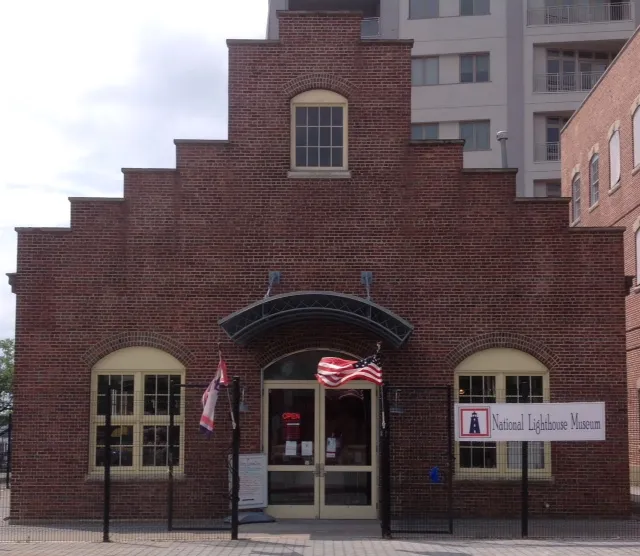
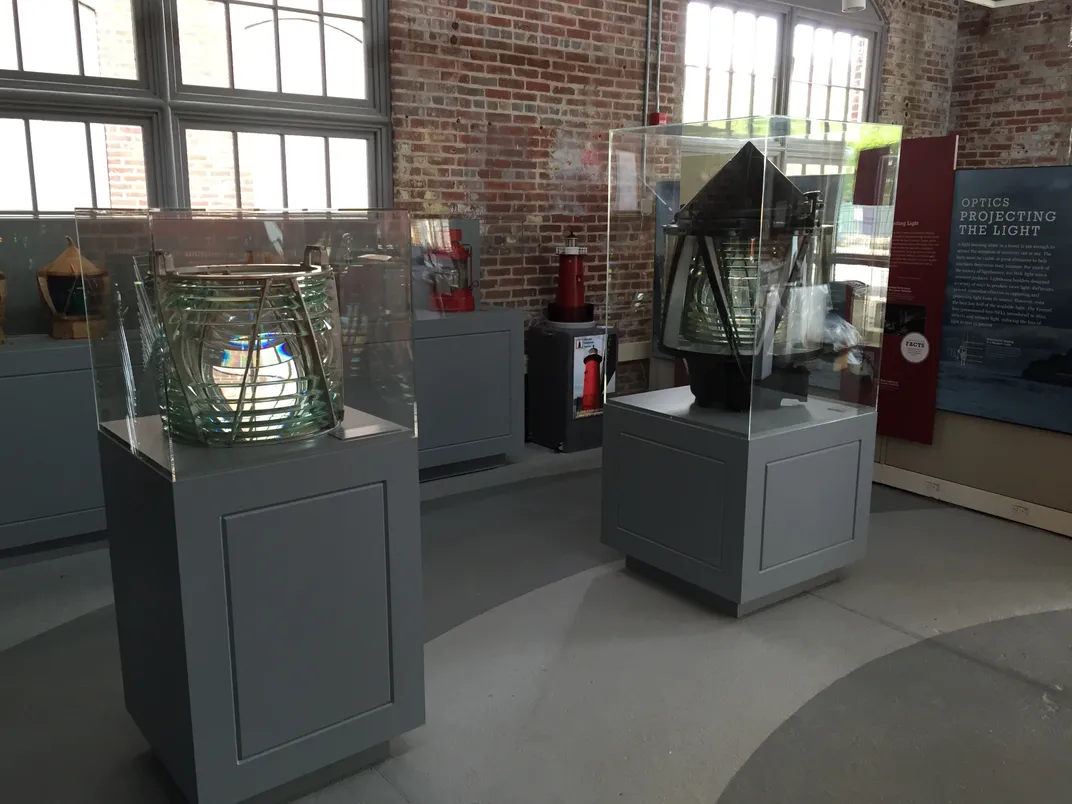
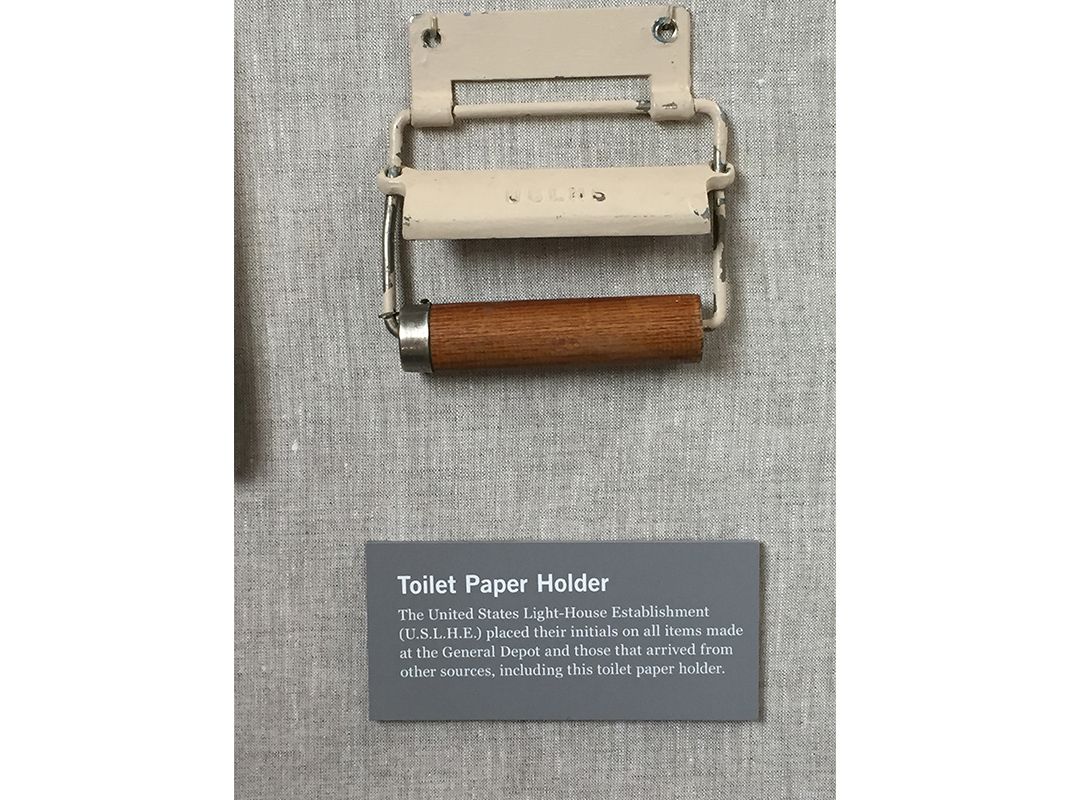
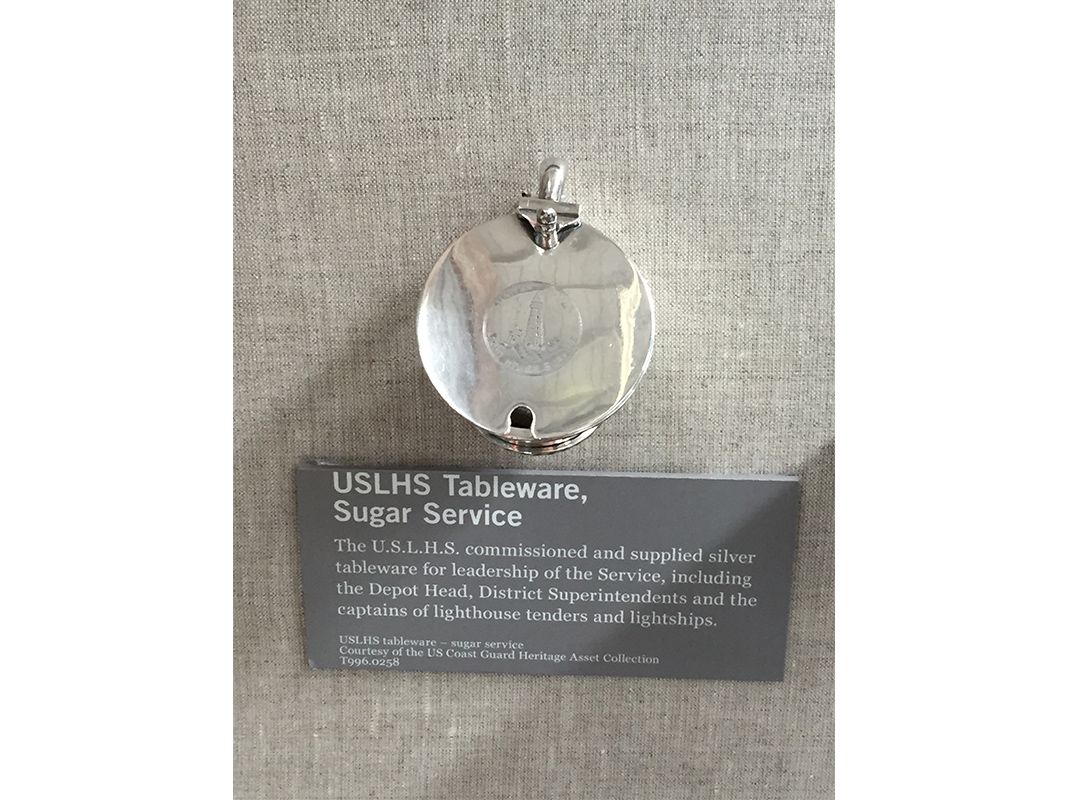
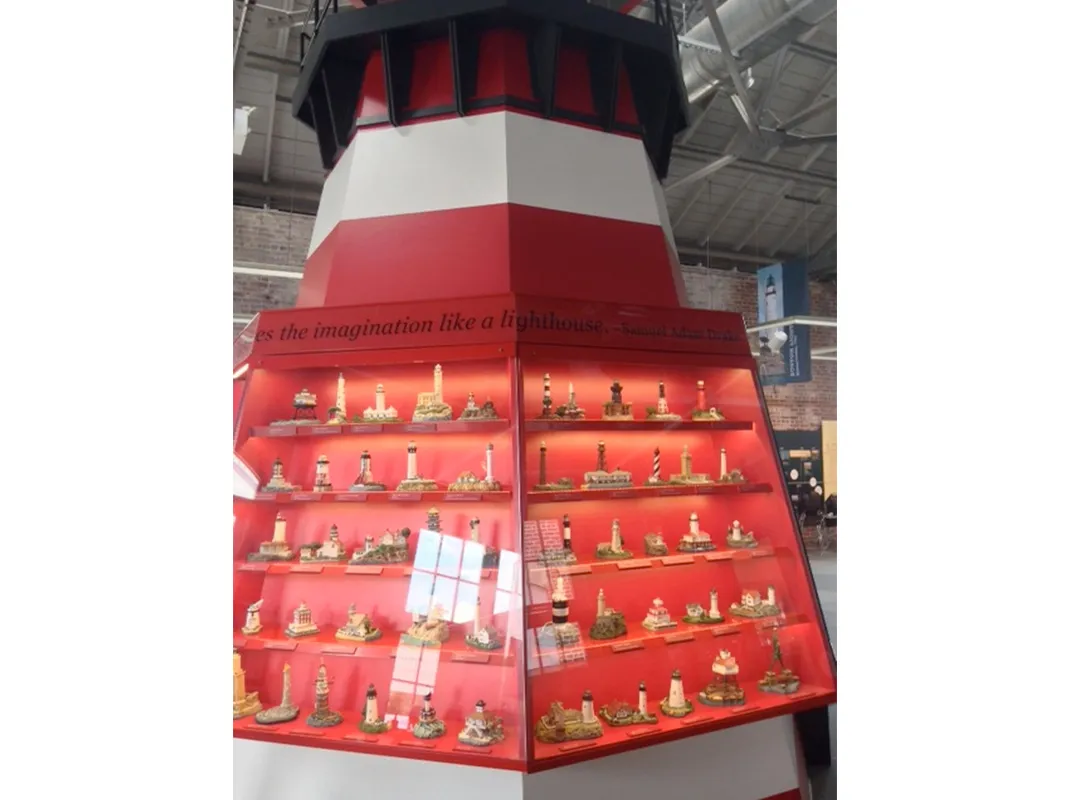
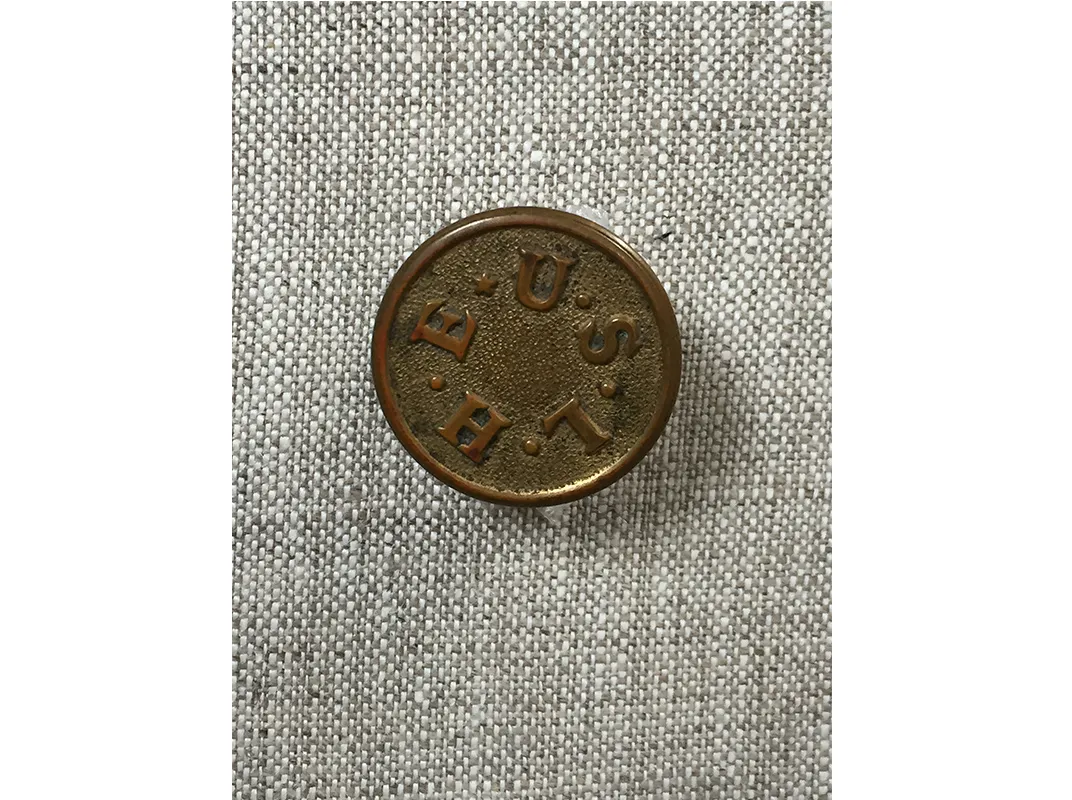
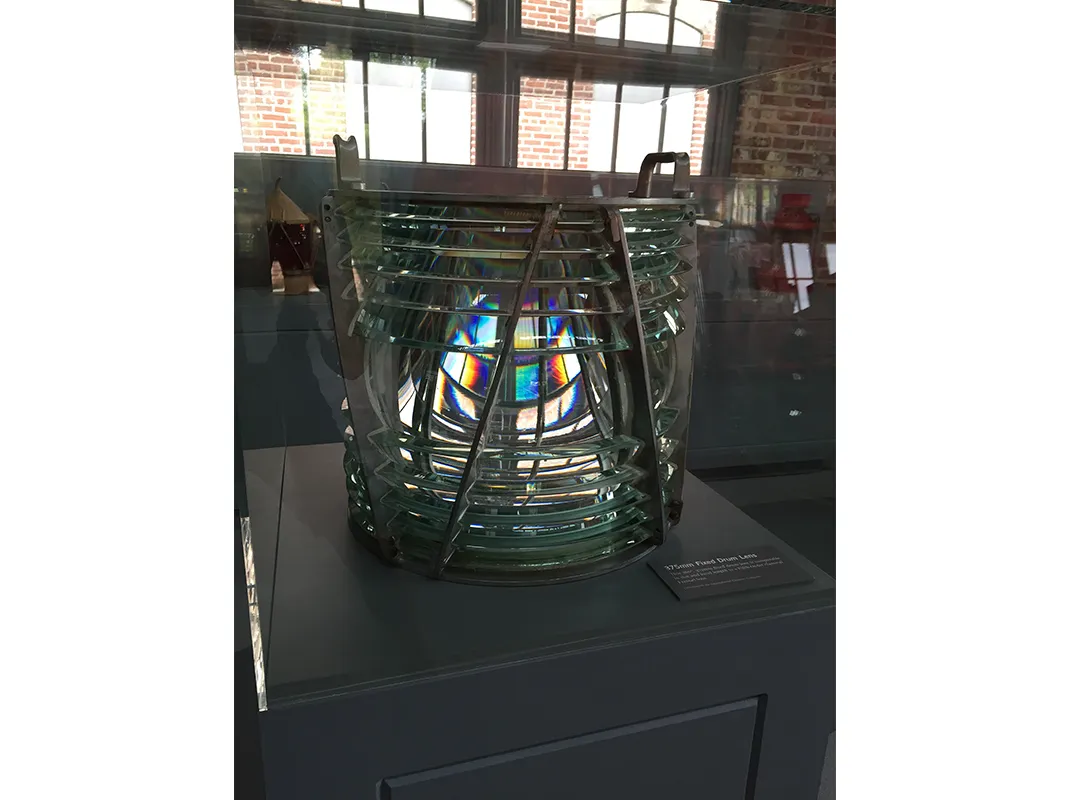
/https://tf-cmsv2-smithsonianmag-media.s3.amazonaws.com/accounts/headshot/michele-lent-hirsch.jpg)